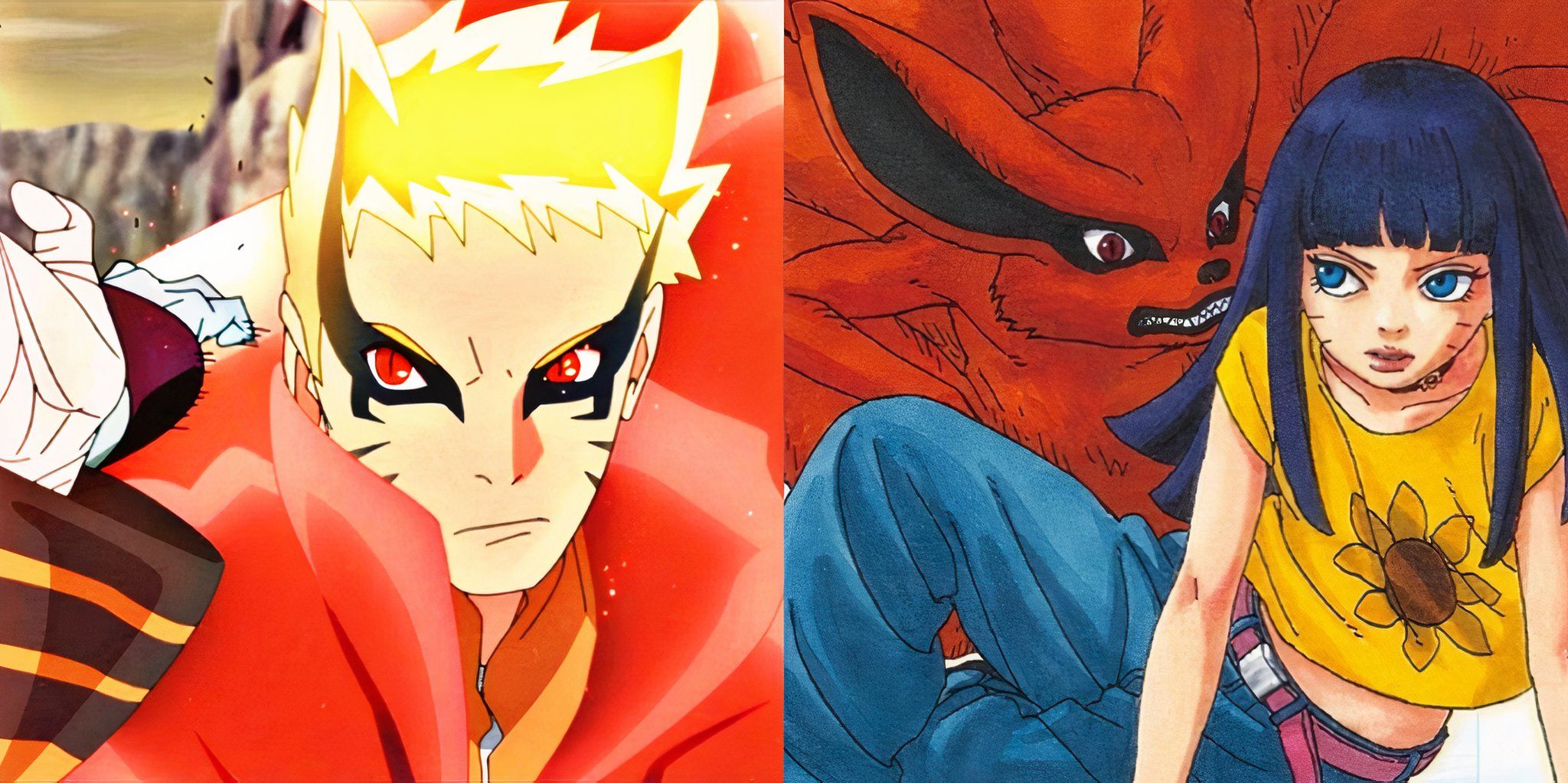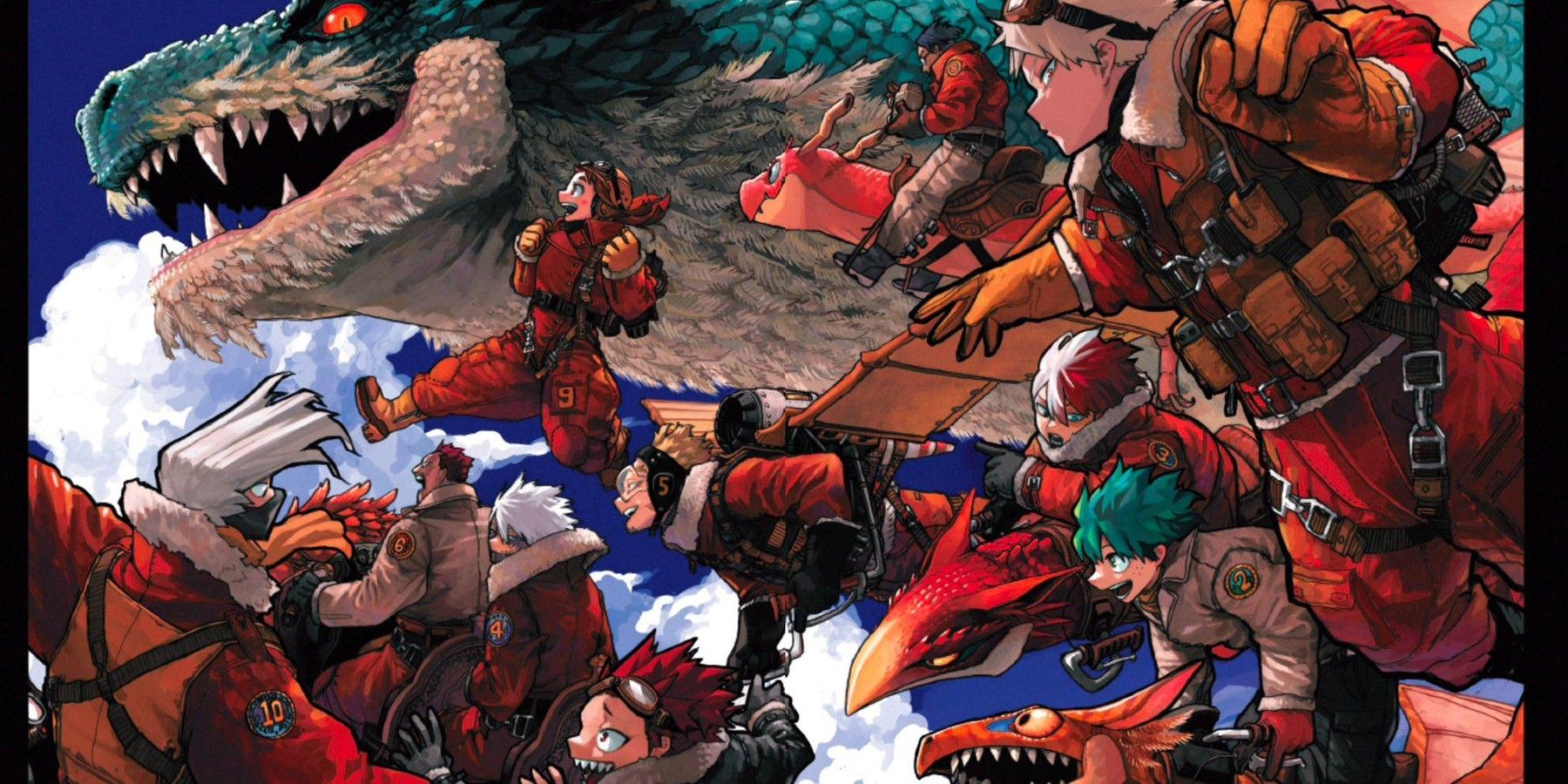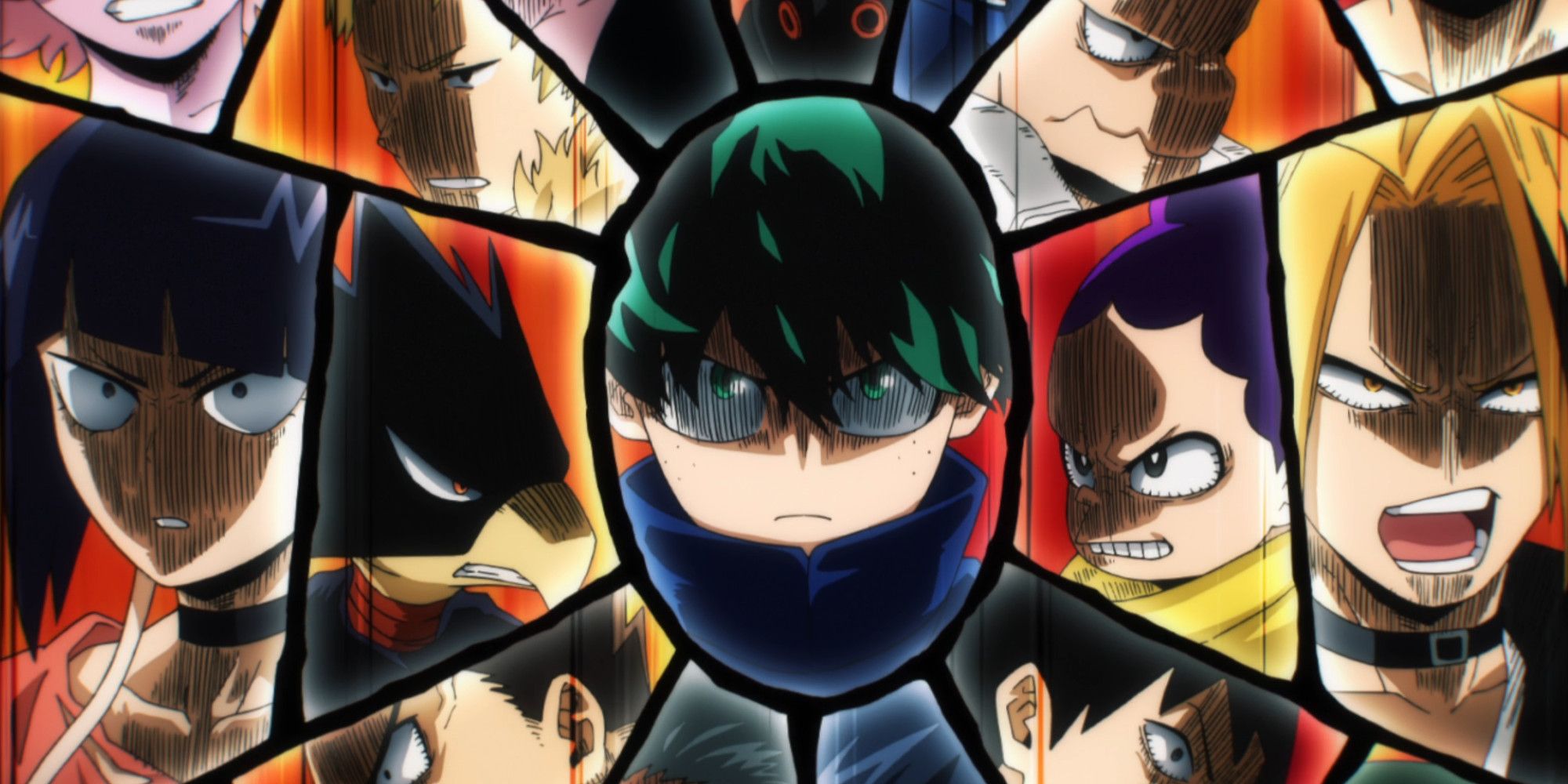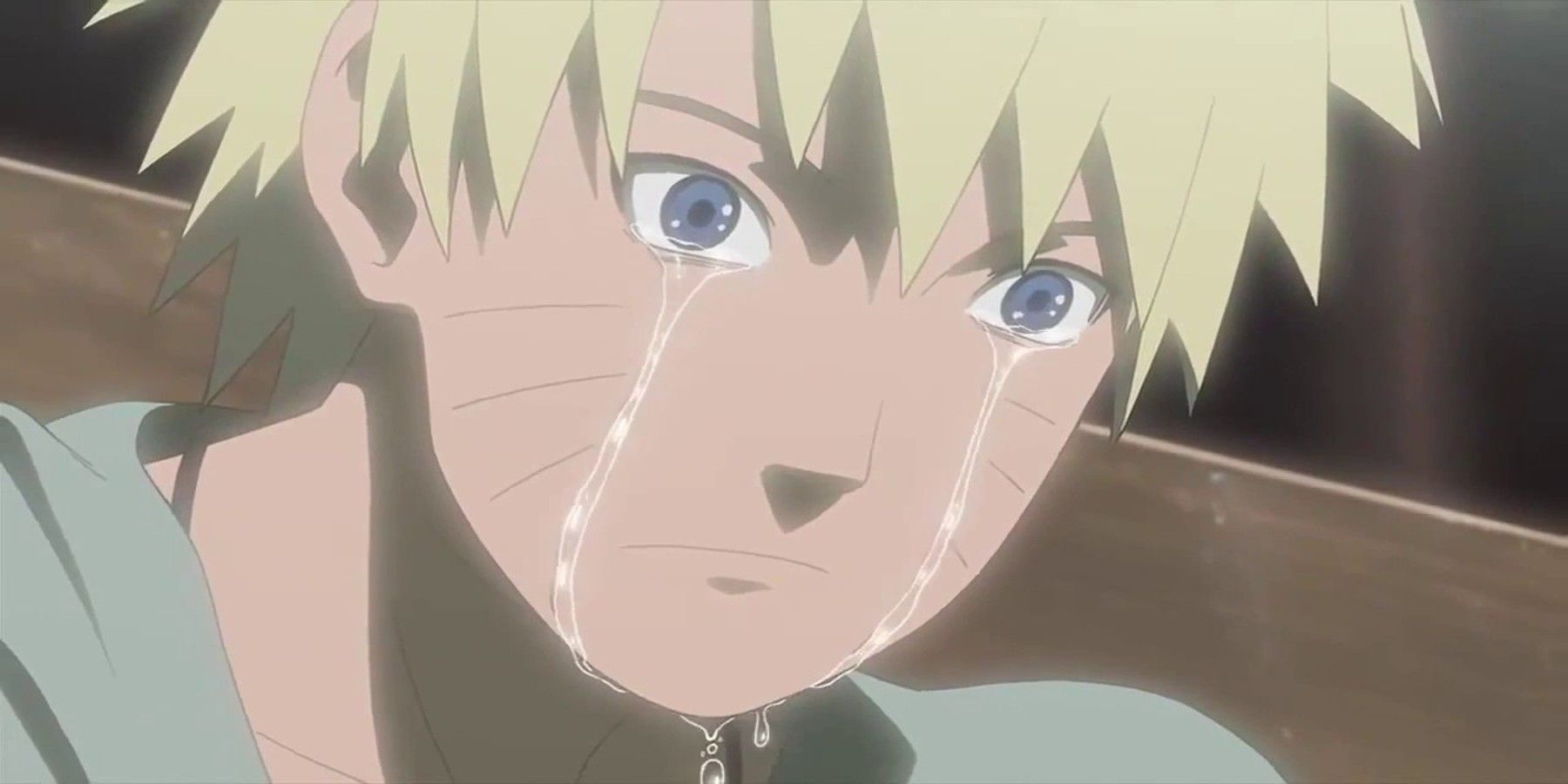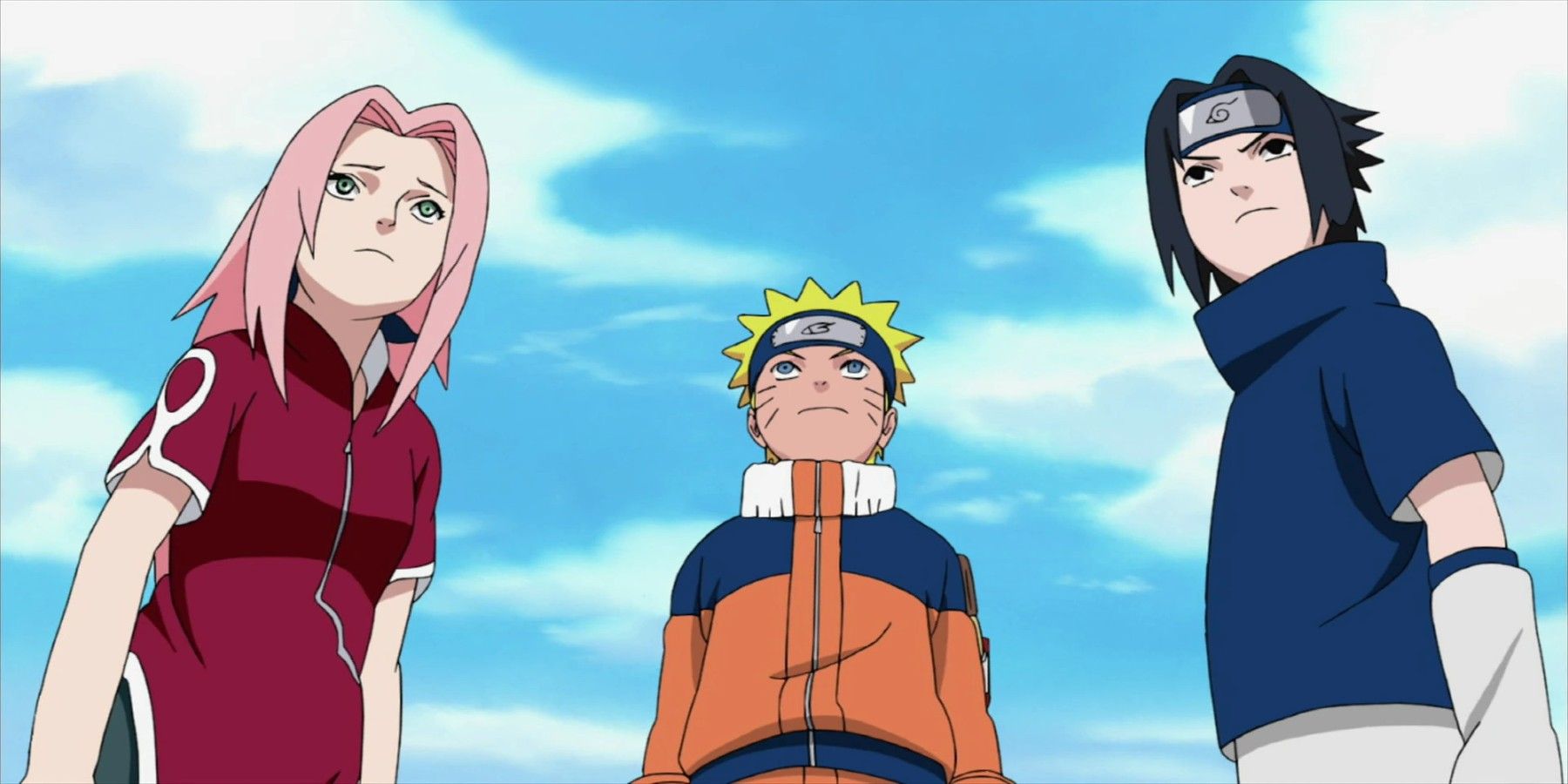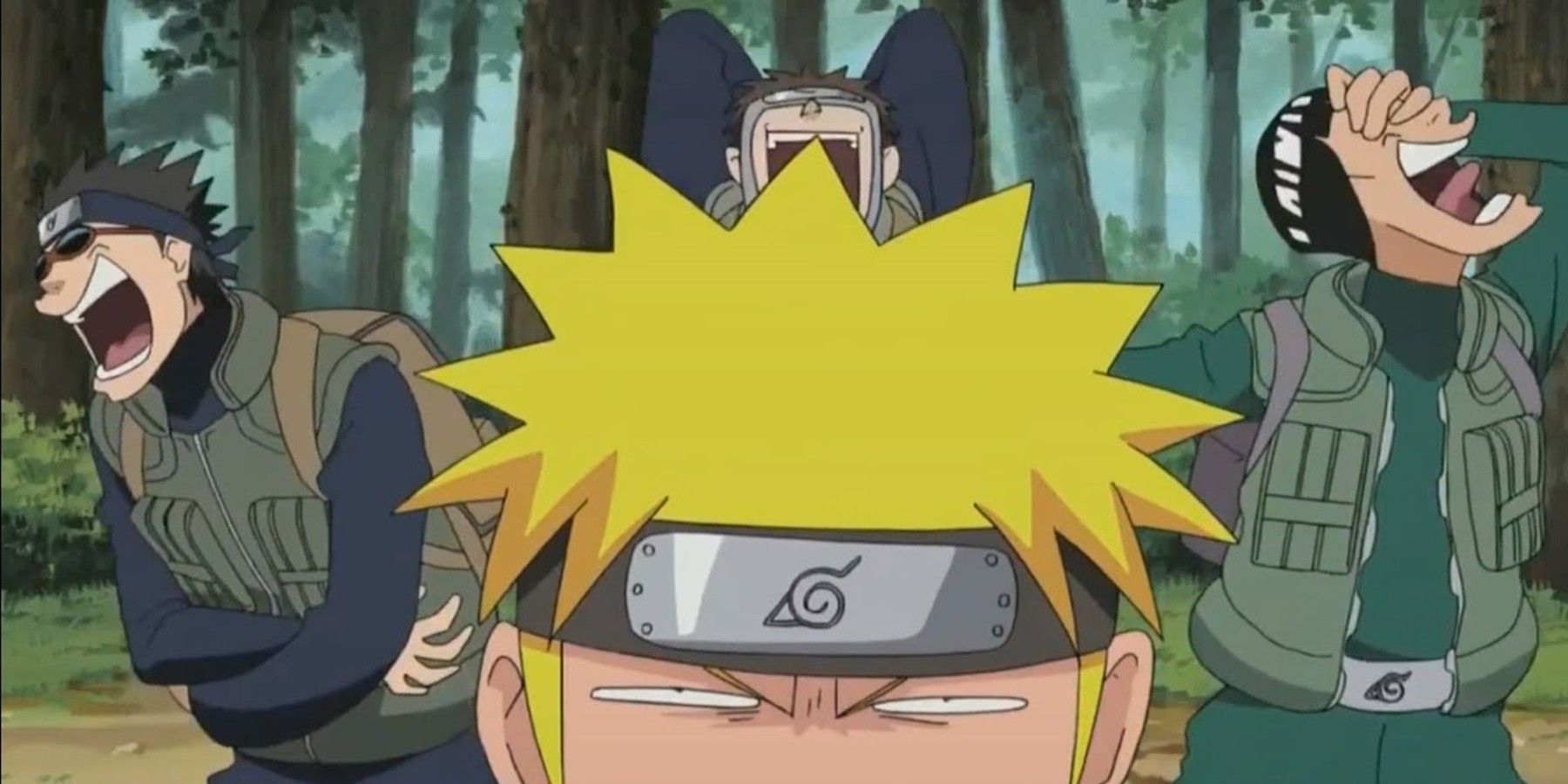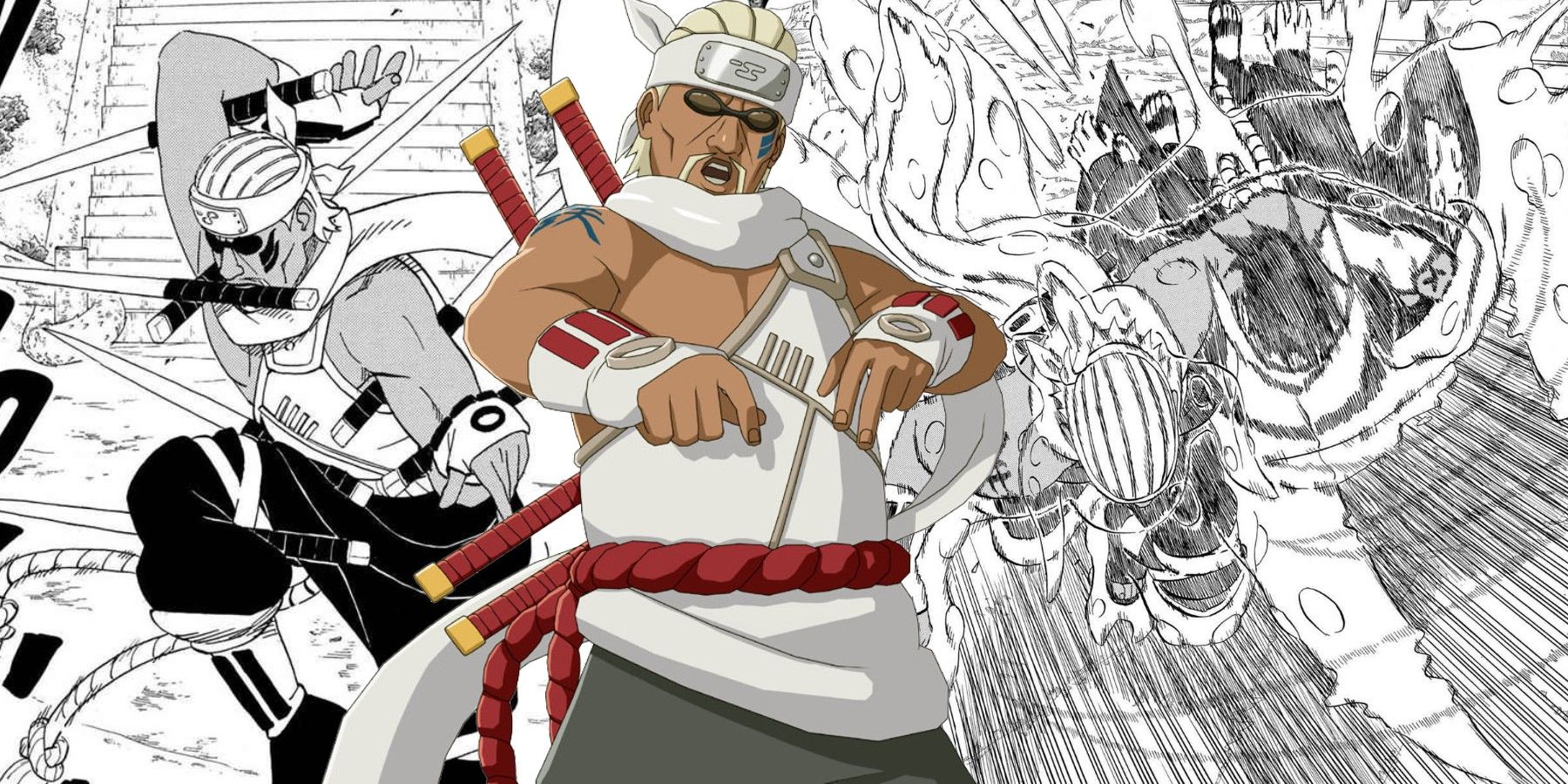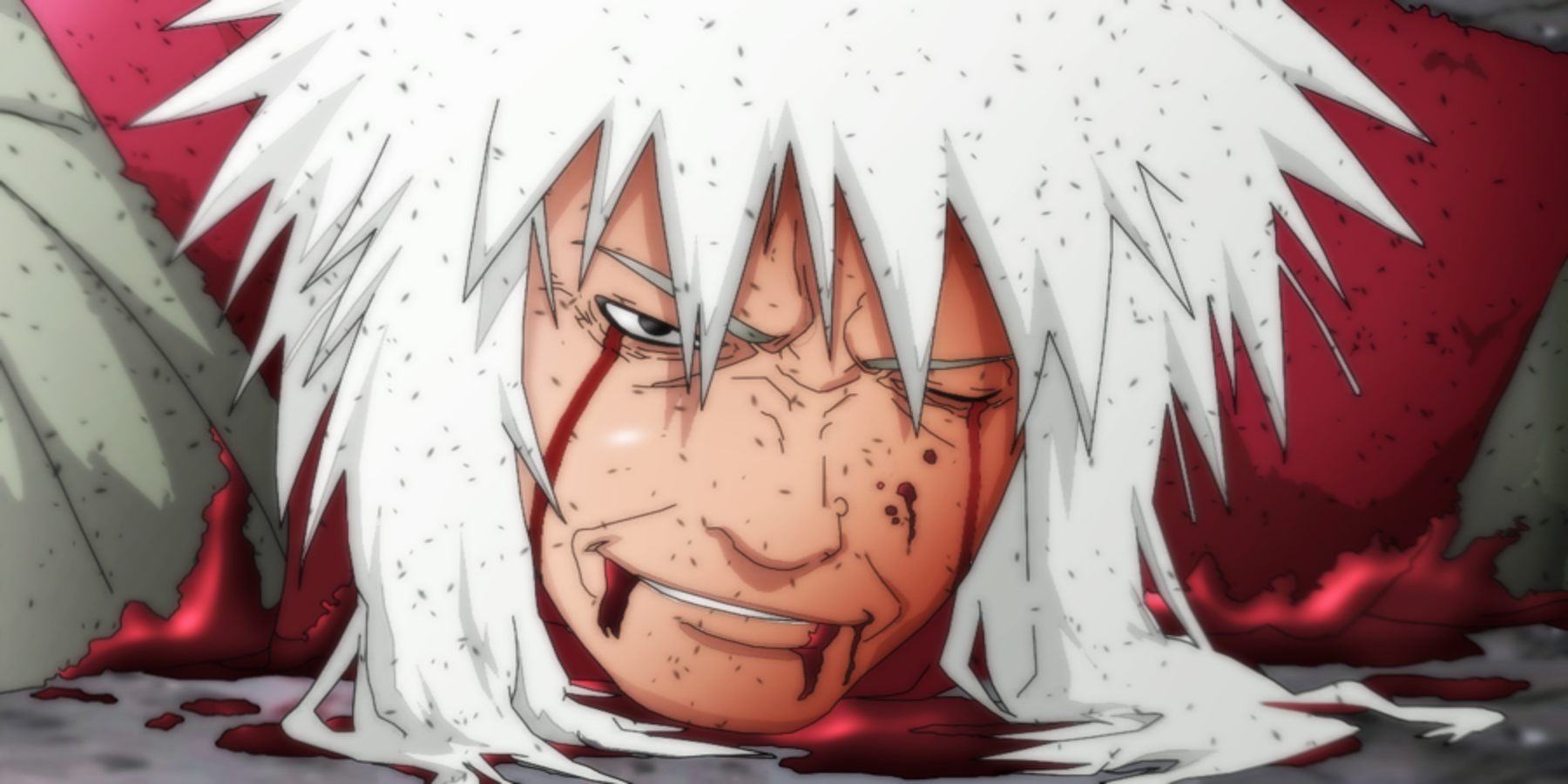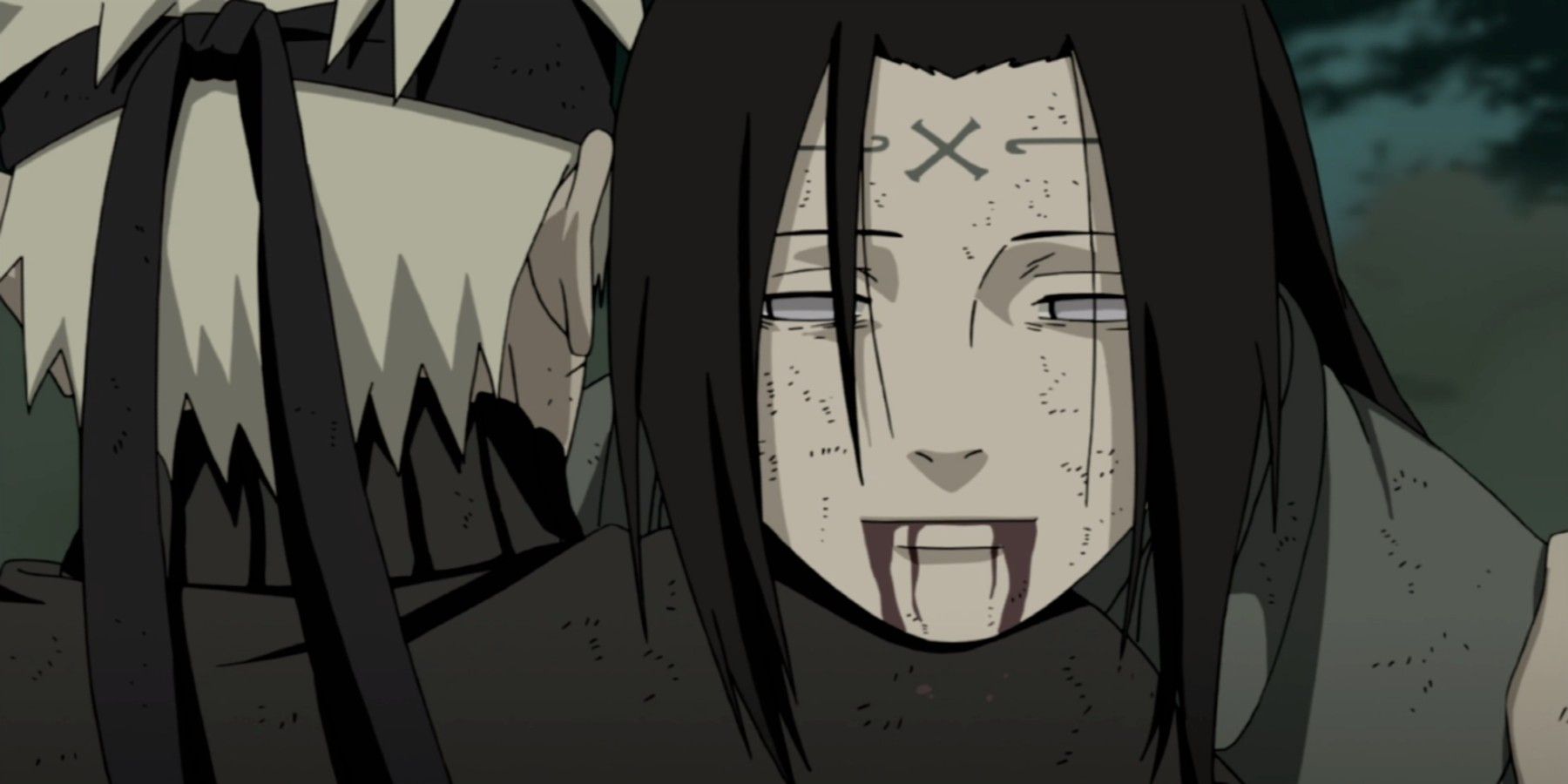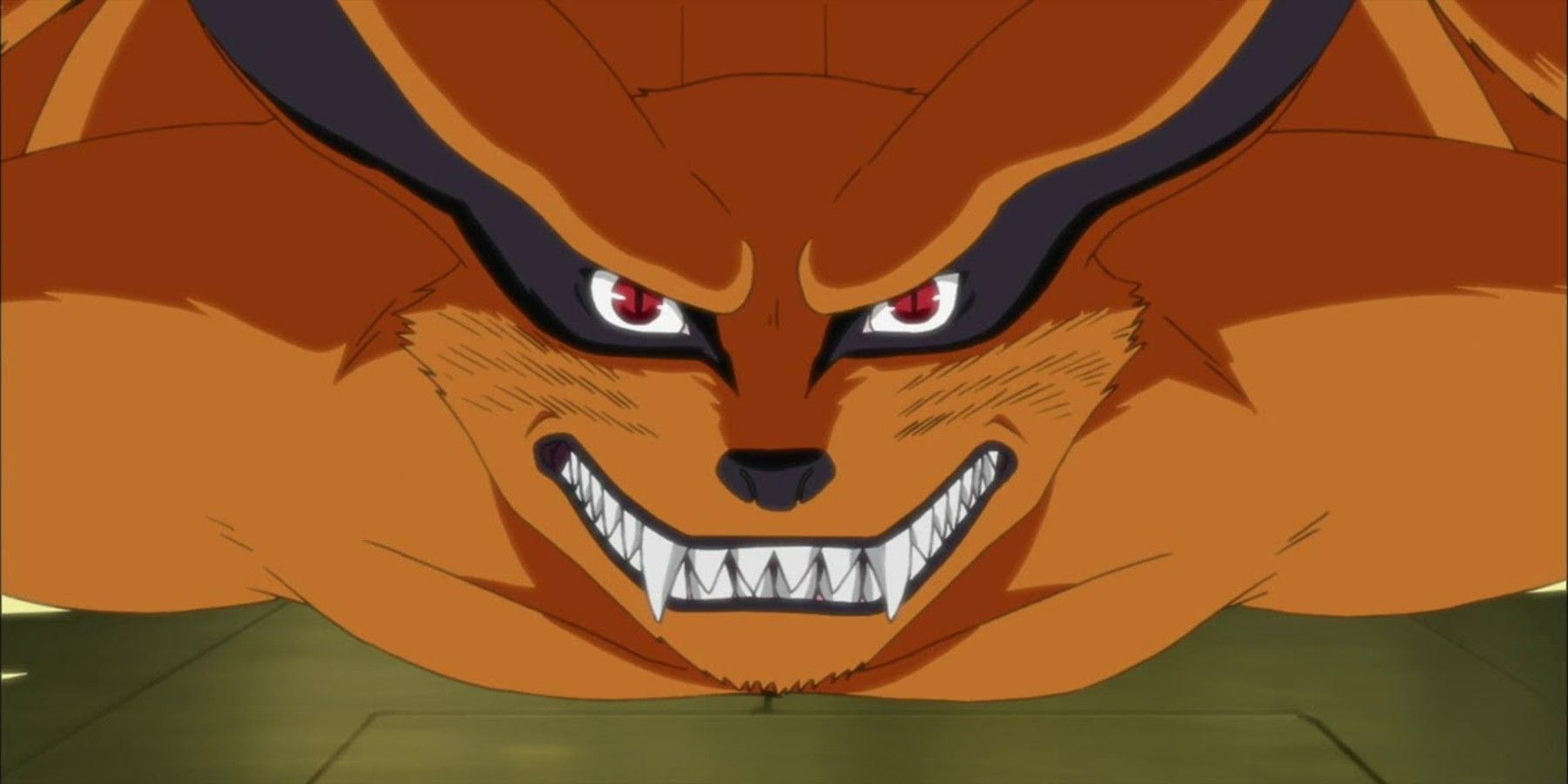Whether in the real world or the fictional world, death is as unexpected as it is inevitable. The Naruto franchise, like many other shōnen series, features the death of several of its supporting cast members including Jiraiya, Itachi Uchiha, Neji Hyūga, and Kurama throughout Naruto, Naruto: Shippûden, and Boruto: Naruto Next Generations. What makes these deaths meaningful, however, is the poignant storytelling, sound design, and character development that proceeds them.
The Naruto franchise is one of the Big Three in the shōnen genre along with Bleach and One Piece. While the original Naruto anime series ended in 2007, the series continued with Naruto: Shippûden and then with Boruto: Naruto Next Generations. The Naruto and Naruto: Shippûden stories follow Naruto Uzumaki, a Jinchūriki, on his quest to become a fully-fledged ninja and eventually become the Hokage. Boruto: Naruto Next Generations picks up the plot many years later when Naruto and his friends have children. The main protagonist of Boruto: Naruto Next Generations is Boruto, Naruto's son, and the story follows his journey as he finds his own Ninja Way and chooses his own path which is different from his famous father.
Character Development
Character development is one of the core foundations of any anime series. The Naruto franchise capitalizes on each episode and each story arc to tell the tale of its main and supporting cast, as it has the runtime and episode count to accommodate it. The original Naruto series aired from 2002 to 2007 spanning 5 seasons and 220 episodes. Naruto: Shippûden, the sequel to the original series, aired from 2007 to 2017 spanning 21 seasons and 500 episodes. Boruto: Naruto Next Generations started airing in 2017 and continues to release new episodes in 2022 with 233 episodes.
Since the original Naruto series focuses on Naruto and his friends during their childhood, the audience is able to visibly see their physical, mental, emotional, and character growth. Multiplying the total episode count (220 episodes) by the total episode minute count (23 minutes), the first series alone equates to 5,060 minutes or 84 hours of watch time. Taking this into account, the audience would have to watch the anime for 3-and-a-half days without rest to finish the first season. When totaling all three shows, the results are 21,919 minutes or 365 hours of watch time.
These statistics are significant to the story because avid watchers become closer to these characters than even to their own friends and family members. According to Study Finds, American adults only spend around 37 minutes of quality time with friends and family daily. In comparison, according to CreditDonkey, American adults average around 3 hours per day of watching television. That is why while it might not seem that someone could think so fondly or dearly of an animated character, the numbers do not lie.
Plot Progression
Sometimes what the story truly needs is to raise the stakes. The Naruto franchise is not opposed to using a supporting character's death to progress the plot, however, this decision is not as shallow as it might seem. Unlike many anime series that use the deaths of their characters as a cheap excuse to maximize shock value, the Naruto franchise provides the character a full package of backstory, growth, and sacrifice before they meet their demise.
Using attachments from the characters and the audience, the series sometimes chooses to create closure in a character's story arc through their death. Providing the audience with a sense of reality is also one factor to be considered, as there are always sacrifices during the course of a war. Without some sort of reality to set in for the characters, there would be no backbone to all of Naruto's speeches about friendships and sacrifices. Almost all the character deaths that are prevalent in the plot involve sacrifice, whether for a friend or a foe.
Sound Design
The subtle yet significant sound design sequence is one of the ancillary elements in every character's death scene. Prior to the character's death, there is usually a string of action scenes setting the story up for it. Loud and exciting background music plays as the character fights the enemy, who is not-so-surprisingly someone that he knows from an in-episode flashback scene or an out-of-episode story arc. At the climax of the scene, the background music peaks, and then comes to a halting stop right before the character dies or says his last goodbyes.
During the death scene, there is an eerie silence that spans several minutes. The only sound elements in the shot are nature's noises and the characters' voices. The focus pans to the dying character and the music restarts but with a softer and sadder instrumental song. When the character's final words are said, they are crisp and clear for the audience to hear, and then the episode ends or shifts to a new scene.
Jiraiya
In Season 6, Episode 133 of Naruto: Shippûden, Jiraiya, the main mentor of Naruto, dies at the hands of his former student and a member of the Akatsuki, Nagato. Fatally injured, Jiraiya sees flashbacks of his former students in the Land of Rain and in the Village Hidden in the Leaves. Inscribing his dying message on the back of his familiar frog, he falls into the water and sinks to his death. As a supporting character who had many appearances in the original Naruto series and its sequel, his death came as a shock and sorrow to many long-time fans.
His death, however, did have meaning for the story. Paying the price for his past mistakes with Nagato, Yahiko, and Konan, Jiraiya sacrifices himself for the greater good of his village but also to atone for his sins. To never give up is Naruto's Ninja Way, and it inspired Jiraiya to do what was right even though it was too late for his former students. Taking responsibility for his actions, he fights against Nagato who controls The Sixth Paths of Pain knowing that he is outmatched. Bearing the brunt of Nagato's rage and pain, Jiraiya died trying to save his soul, even though he failed.
Itachi Uchiha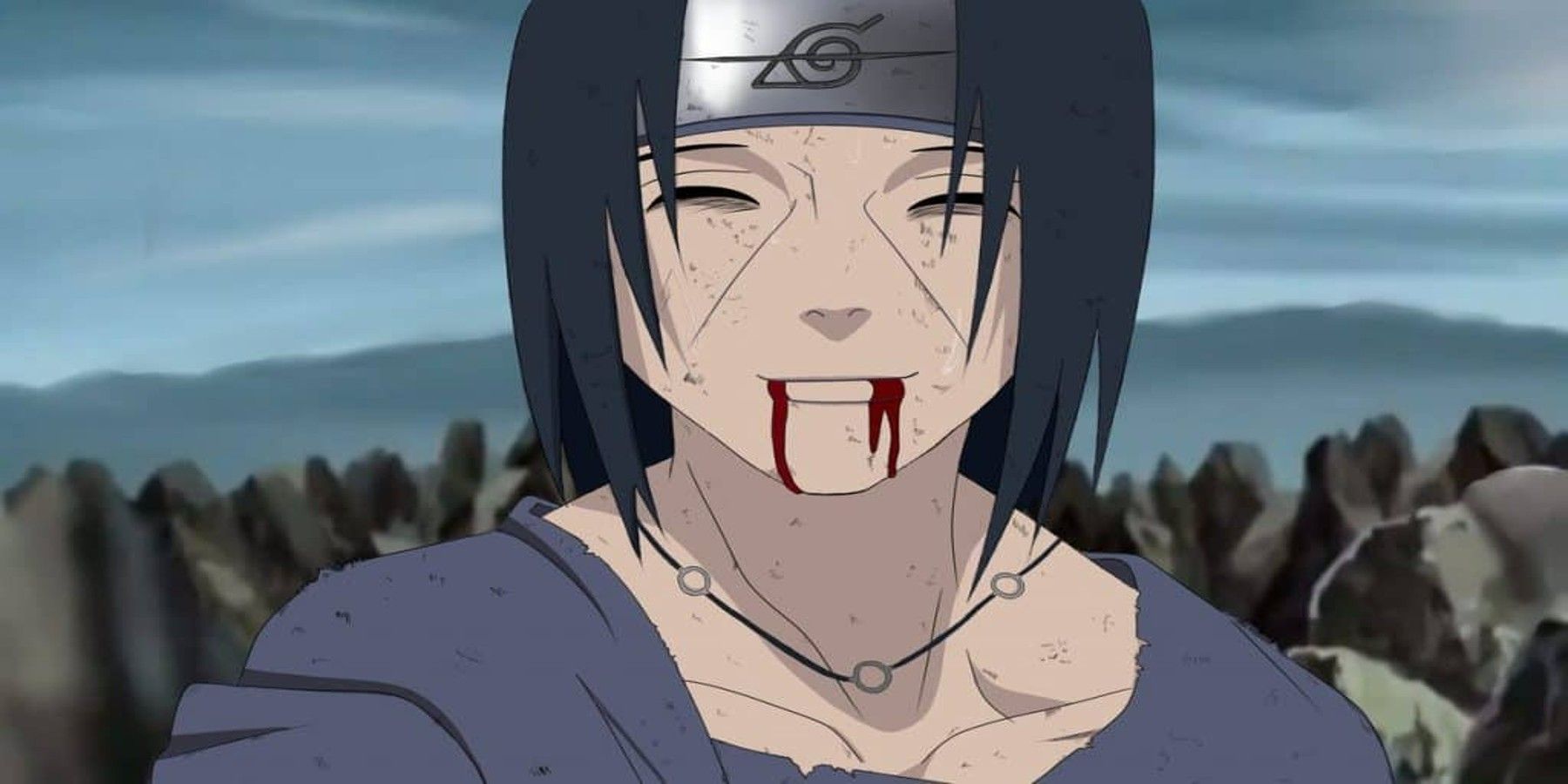
In Season 7, Episode 138 of Naruto: Shippûden, Itachi Uchiha died due to his fatal illness and by his younger brother, Sasuke Uchiha. What makes his death a tragedy is the circumstances behind it. Following the direct orders from the Third Hokage, Hiruzen Sarutobi, he slaughtered his entire family except for his younger brother, Sasuke. While he successfully completed his mission to subvert a suspected uprising by the Uchiha Clan, he estranged his village, and his beloved brother, in the process. Even when joining the Akatsuki, he acted as a spy to undermine the organization.
Seeing as the Naruto franchise allotted Itachi an entire story arc, it is safe to say that he wasn't simply a throwaway supporting character with no real purpose to the plot. Acting as one of the main antagonists, he stimulated Sasuke's strive to succeed and defeat him while trying to protect his village in his own way. Right before his death, he managed to say his final words, "Forgive me, Sasuke. There won’t be a next time." This statement is reminiscent of their childhood, as Itachi would always say similar words to Sasuke when he couldn't stay and train with him.
Itachi's death taught Sasuke and the audience a valuable lesson that not all villains are evil at heart and that brotherly bonds can't easily be severed with time or distance. Later in the series, during the Reanimation arc, Itachi is one of the reanimated corpses and helps Naruto defeat the enemy. However, he lives only as long as the user of the Reanimation technique is active, so he returns to the afterlife upon the conclusion of the fight.
Neji Hyūga
In Season 17, Episode 364 of Naruto: Shippûden, during the final fight against Madara and Obito Uchiha, Neji Hyūga sacrifices himself to protect Naruto and is impaled by two wooden release projectiles fired off by the Ten-Tails. Friend to Naruto and cousin to Hinata, Neji was a core member of the friend group and a strong supporting character. Even on the verge of death, he deeply cares for Hinata and asks Naruto to protect her and everyone else. His sacrifice is weighty as he is the only member of Naruto's core friend group to die in the series.
What makes his death so significant to the plot is the meaning behind his sacrifice. Knowing that Naruto is the only one who can truly stop Obito and Madara Uchiha, he follows in his father's footsteps and chooses to die in Naruto's place. Originally set up to be an antagonistic character towards Naruto, he ends up as one of his closest friends. Battling with the scarring history of the Hyūga Clan where strength means everything, he finally is able to carve out his own path to freedom which carries on in his family even long after his death.
Kurama
In Episode 218 of Boruto: Naruto Next Generations, one of the most devastating deaths in the Naruto franchise occurs. Kurama, known as the Nine-Tails, sacrifices his life to save Naruto during the fight against Isshiki Ōtsutsuki. As a last-ditch effort, Kurama tells Naruto of his final form, Baryon Mode, an ability that bestows enormous power to the user in exchange for draining his life force. Knowing that Naruto would never let Kurama sacrifice himself, Kurama lies about the Baryon Mode's true consequences, and they fight to the bitter end.
Inside Kurama's Mental Plane, they recount the old days and the tribulations that they went through together. From childhood to adulthood, Kurama and Naruto have been quite literally an inseparable pair who started off as strangers and ended off as friends. This scene tricks the audience into thinking that Naruto will die along with Kurama, as that was the expectation set from the start. Kurama, however, reveals to Naruto that it will only be him who has to disappear and die in exchange for the Baryon Mode. This startling revelation affects Naruto and the audience greatly as it was a grand sacrifice that no one could have speculated as well as an unexpected ending to their story.
Source(s): StudyFinds & CreditDonkey

